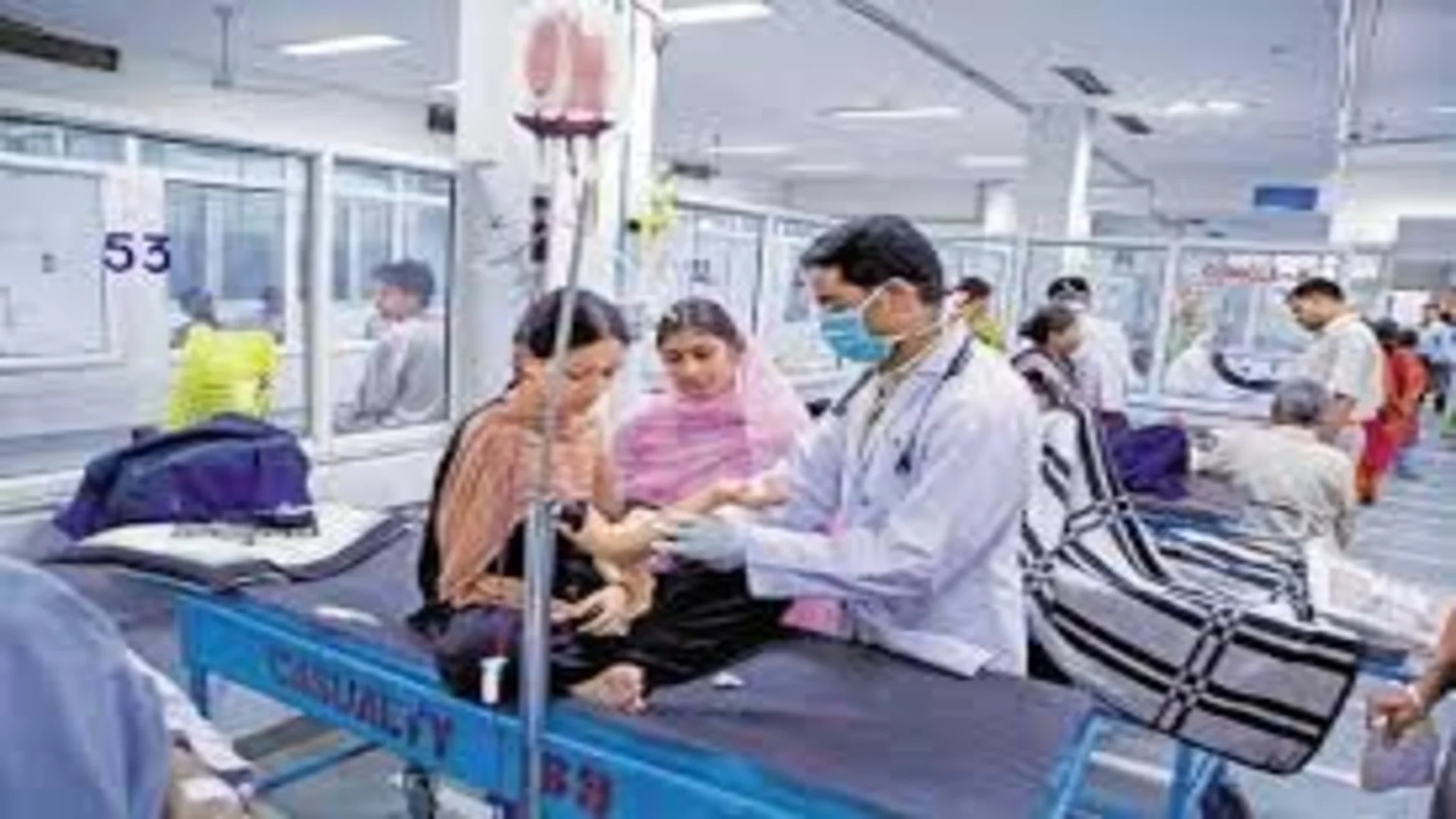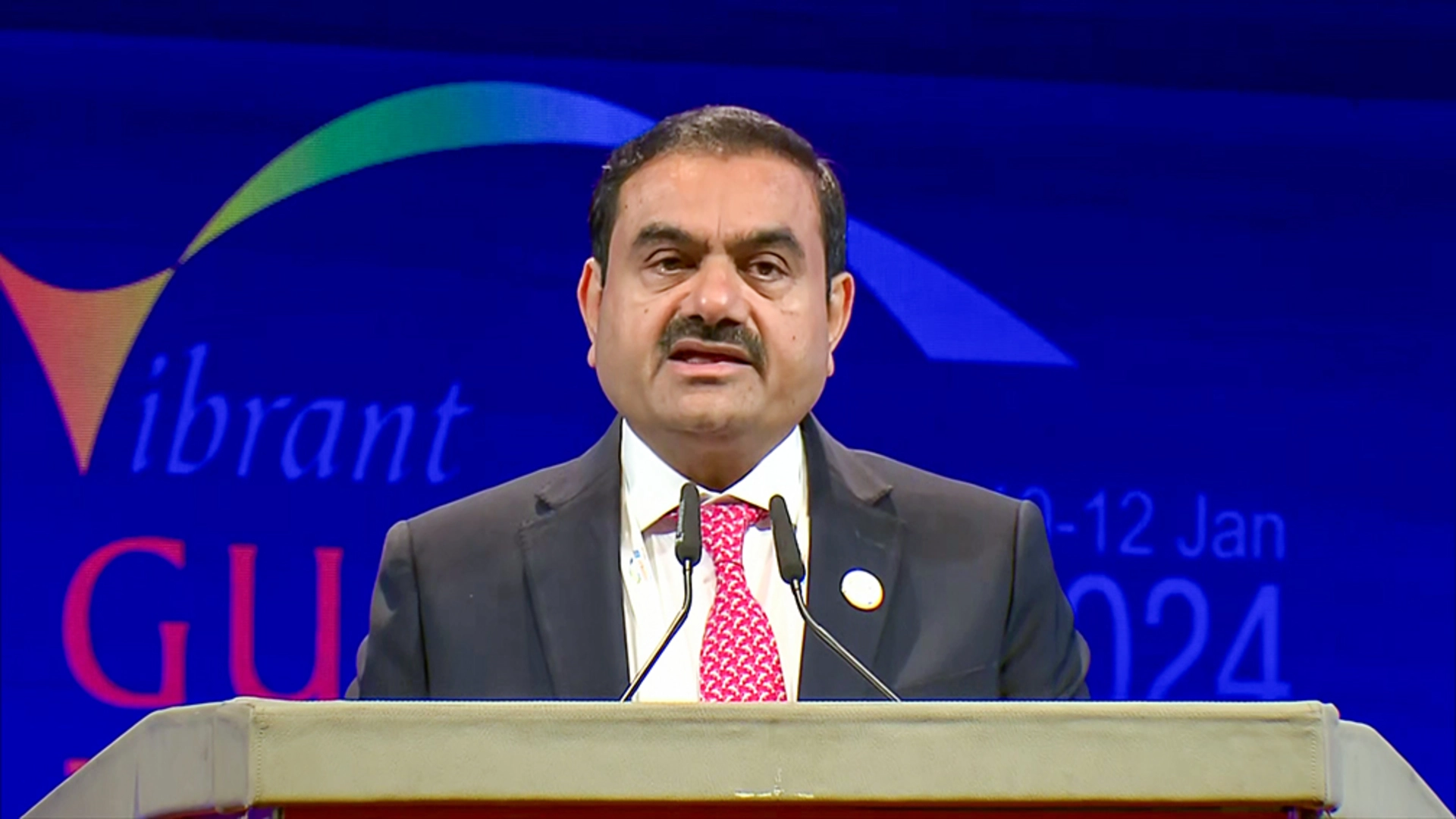
India has traditionally remained faithful in containing and preventing communicable diseases until very recently. It is only after the publication in November 2017 in Lancet Neurology of the landmark cumulative effort of Ministry of Health and Family Welfare, Indian Council of Medical Research and Public Health Foundation of India that the paradigm shift from communicable diseases to non-communicable diseases was discerned and documented in terms of both mortality and morbidity.
Even then, a big chunk of the communicable disease remains constant companions in burgeoning slums, rural India as well as largely unmonitored sectors of underprivileged or socio-economically backward communities. Infections have spurted as epidemics in India from times immemorial, some known and some unknown, scourging populations and Indian economy.
What is happening now is unwitnessed and hasn’t been experienced in perhaps three generations! The developed world is struck by an avalanche of acute devastating viral infections with unprecedented speed and severity. The world is watching in alarm and dismay. Due to this, carefully planned fortification of health systems and scientific proofs are being challenged.
We, in the developing world, have witnessed these epidemics in regional outbreaks! A magnitude of losses is anticipated, if what is being witnessed in the developed world happens here, to our health systems, societal fabric, ethos and economy, so unique in many ways. Future stays poised so precariously.
Crossing the several millions mark of infections globally, we now are aware that the spectrum of clinical manifestations is protean and much beyond our original conviction of “only” febrile respiratory symptom complex.
The emerging syndrome is showing a range of neurologic complications in severely affected patients. These could be altered mental status (encephalopathy) to acute strokes (hemorrhagic/ischemic/venous sinus thrombosis). These complications are relatively easy to comprehend. Systemic Inflammatory Response Syndrome (SIRS) leading to multi-organ dysfunction or cytokine storms culminating in Acute Respiratory Distress Syndrome (ARDS) is often associated with altered mentation and coma. This could be sepsis/hypoxia/hypercarbia/acidosis induced encephalopathy. Elevated levels of D-Dimer deranged liver functions with prolonged Prothrombin Time (PT) or INR (International Normalised Ratio) coupled with cytopenias may enhance coagulopathies resulting in both hemorrhagic and thrombotic complications foremost being acute strokes.
We are also witnessing a direct injury to the nervous system by the virus. Recent publications of the case reports showcase a deluge of neurological “presentations” of Covid-19 as against a mere manifestation of a Covid-19 patient during a severe illness. These include Encephalitis, Acute Disseminated Encephalomyelitis (ADEM), Guillain-Barre syndrome (GBS), acute skeletal muscle injury, cranial neuropathies, and strokes.
The neuroimaging picture of an affected Covid-19 positive patient with acute hemorrhagic encephalitis is ominously reminiscent of neurotropic encephalitis.
In an earlier paper of 214 patients studied from China, 37% had neurological manifestations, including nearly 50% of those with severe Covid-19 infection. Altered mentation accounted for in 15% of the severe cases. More often, the complaints were mild and on specific with headache and dizziness.
Another paper published in last week of March 2020 enumerates the neurological manifestations encountered in Covid-19 patients as:
1. Headache, malaise, fatigue, imbalance (whether these could be the presenting features in the absence of conventional features of fever, cough and breathing difficulty need to be ascertained).
2. Anosmia/ ageusia
3. Cerebral haemorrhage/infarction
4. Acute neuropathies, encephalitis/ADEM/Acute Hemorrhagic Encephalitis/brain-stem encephalitis
5. Seizures/Autoimmune
We now also are aware of the post-Covid syndromes, some call it the Covid Tail! This includes the occurrence of sudden thrombotic phenomena and more commonly encountered ‘Brain Fog’. The sensation of confusion, lack of clarity and extreme fatigue besides headaches and loss of memory. A host of neurobehavioural issues are increasingly being reported. There is also an alarming thought of the development of degenerative issues such as dementia or Parkinson’s disease in survivors over some time. No one knows for sure. Research teams are very active across the world to investigate and discern. So, we continue to be on the learning curve. What are the implications?
1. In a triage for acute stroke, where the treatment needs to be time-bound, adequate PPE will become mandatory since Covid-19 patient may present a stroke in a pandemic or an asymptomatic Covid-19 positive patient may have a conventional stroke.
2. Since testing currently does not include a point of care device to provide results in minutes, universal precautions to healthcare workers become even more crucial.
3. Acute stroke interventions and management guidelines in suspects/cases of Covid-19 patients are evolving and have been recently published.
4. Missed or erroneous diagnosis of a patient presenting with neurological manifestations may enhance the chance of inadvertently transmitting the infection in the ER and to healthcare workers with disastrous results.
5. Infected patients are contagious during the incubation period and hence patients with atypical presentations represent an important hidden source of virus spread.
With the current pandemic and increasingly changing scenarios, we should be vigilant towards the presence of neurological symptoms similar to those reported for infections by previous human infectious viruses.
The writer is professor, head of Department of Neurology and chief of Neurosciences Centre at AIIMS, New Delhi.














